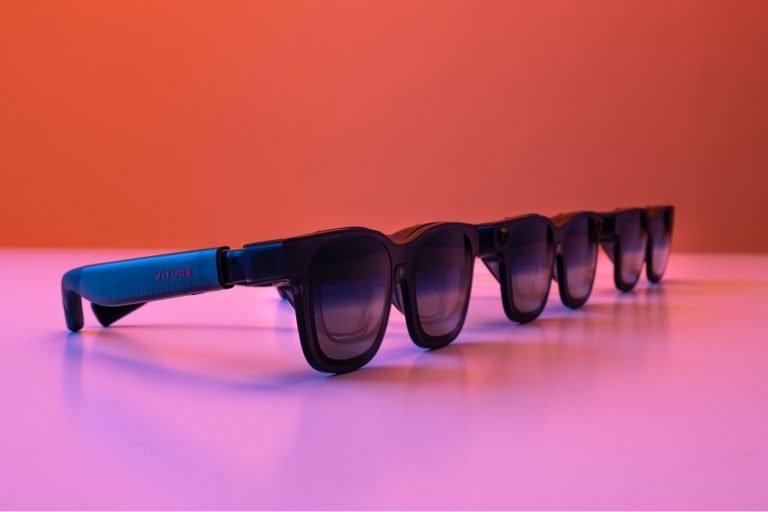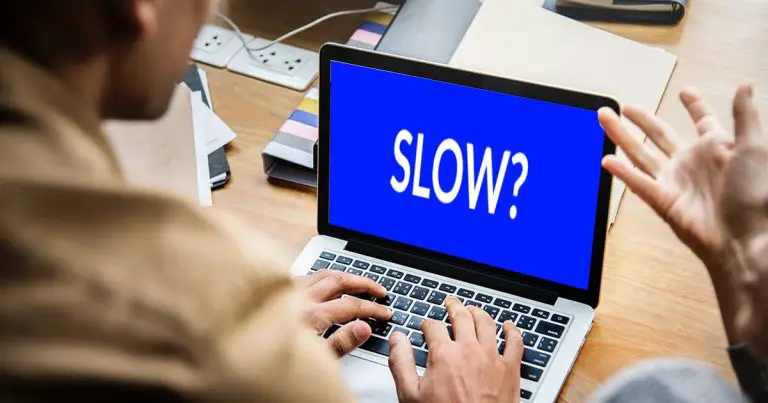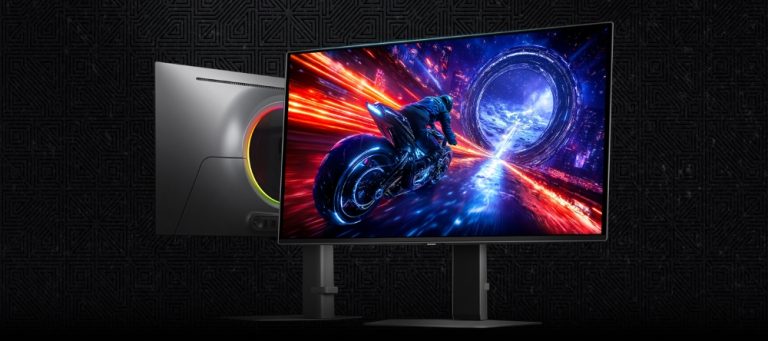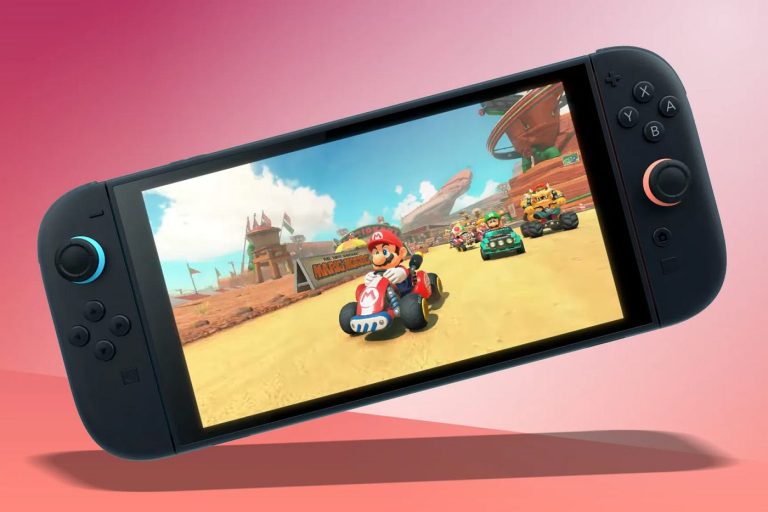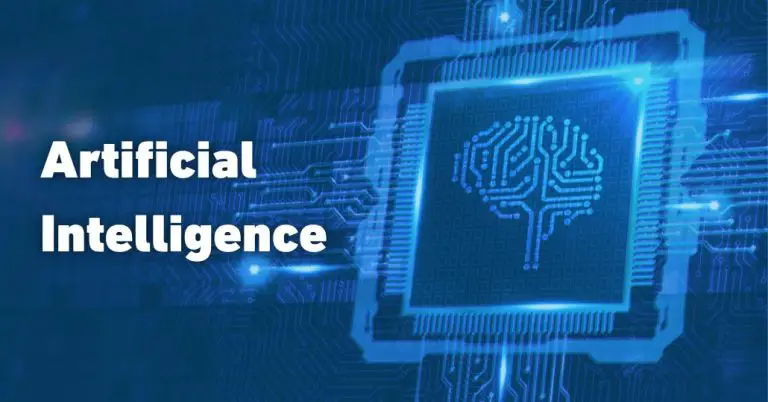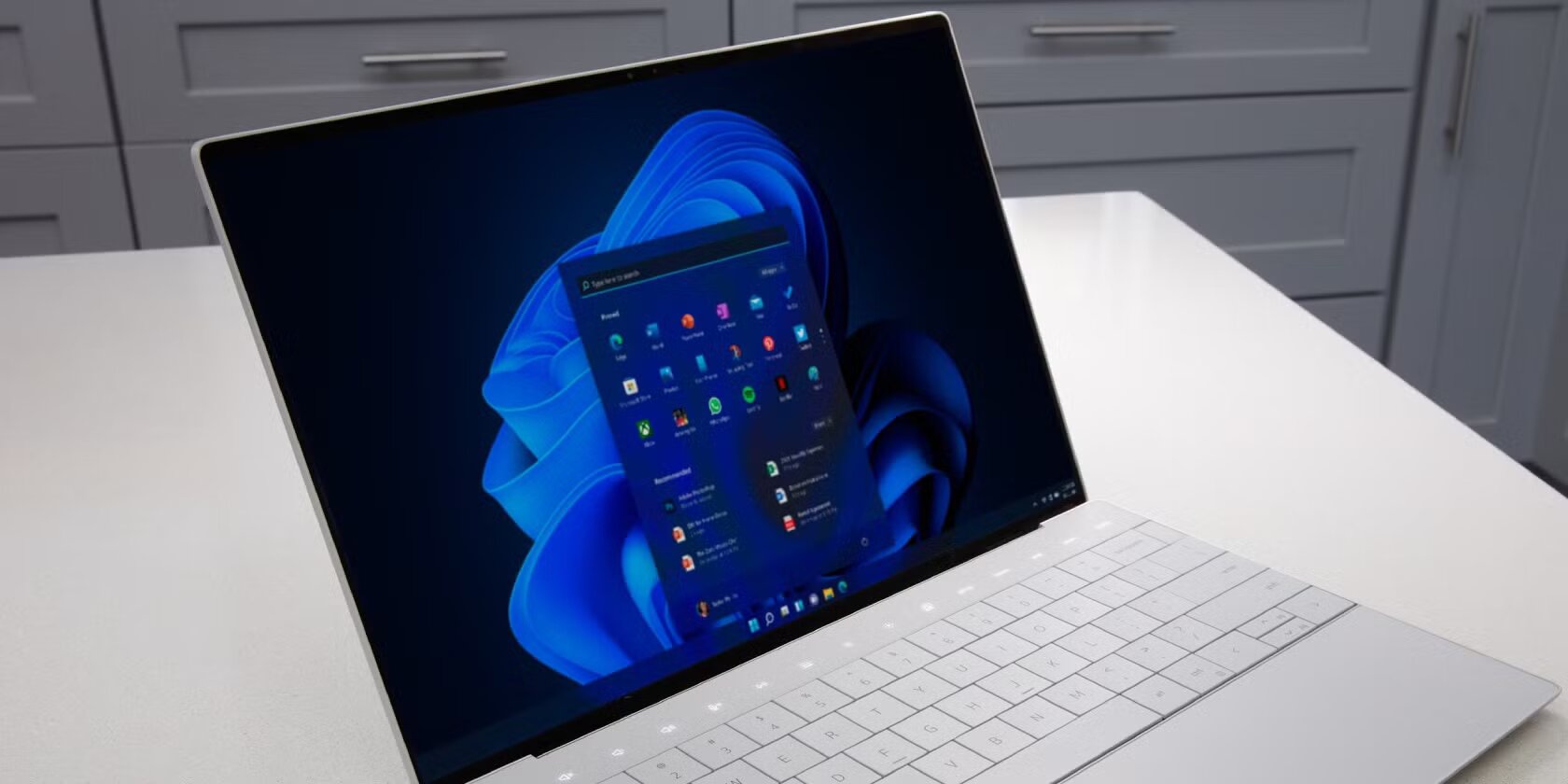
Recently a new driver update (30.01) was released. This update was meant to improve the overall computer performance but this update is causing trouble for several users. Many users have reported for black screens, system crashes and boot issues on several online forums. If you are also facing this issues with latest driver update, this guide will be beneficial and helpful for you.
What is the Latest Driver 30.01 Update?
Recently big GPU manufacturing brands such as NVIDIA, AMD and Intel have released a new driver update 30.01. This driver is designed and developed to improve the system stability, improve performance and fix the bugs. The driver updates were released for improving the compatibility with latest software, improve performance and fix the software bugs. But the problem is that this driver has new problems and issues that should be fixed.
Common Problem with Latest Driver 30.01 update issues
Several users have reported and complained about the problems they are facing after installing the latest driver 30.01 update.
- Black Screen:- After installation of the driver, when the system is turned on the screen goes black. Also the screen remains unresponsive even after restarting.
- System Crashes:- When the driver is installed the system crashes. It frequently shows blue screen errors (BSOD). Moreover, the system froze.
- Boot Failure:- After installing the driver update, the system fails to start. The computer got stuck in a boot loop.
- Performance Degradation:- The installation of the driver updates affects the performance of the system. This has decreased the FPS in the games. It results in slow system performance.
Causes of the Driver Update Issue
This problem with the driver update can be due to multiple reasons.
- Compatibility Problems:- The issue persists because the new update may not be compatible with hardwares or old systems.
- Corrupted Installation Files:- A poor download or installation procedure can result in corrupting the drivers.
- Conflict with Existing Software:- Other apps, particularly third party tools or antivirus software can conflict with the driver updated.
How to fix the latest driver update issues?
If you are facing the issue with the latest driver update then following the below steps will surely help you in fixing the problem.
Roll Back to Previous Driver
If the system is functional enough, then it will be beneficial to roll back to the previous driver.
- Press Win + X and select the Device Manager.
- Navigate to the Display Adapters section.
- Right click your GPU and select Properties.
- Go to the Driver tab.
- Click Roll Back Driver (if available).
- Follow the instructions on screen and restart your computer.
Boot in safe mode and uninstall faulty driver
If after installation of the driver update the system becomes unresponsive, then enter in the safe mood.
- Forcely shutdown the PC.
- Power on and press F8 or Shift + F8 to enter advanced startup option.
- Select Troubleshoot > Advanced Options > Startup Settings.
- Choose Enable Safe Mode.
- Once you enter safe mode, open Device Manager.
- Find your GPU under Display Adapters.
- Right click and select Uninstall Device.
- Restart your system. Windows will install a stable version of driver.
Install Old Stable Driver
If rolling back or uninstalling the driver has solved the problem, then install an older and stable version of the driver.
- Visit the official websites of the GPU manufacturers.
- Download an older version of the driver.
- Install it manually and restart the system.
Use System Restore
If you have created a restore point before updating, you can revert your system.
- Enter in the Advance Startup.
- Select Troubleshoot > Advanced Option > System Restore.
- Choose a restore point before the driver update.
- Follow the prompt and restart.
Check for Windows Update
Sometimes, Windows updates can solve the issue.
- Press Win + I to open the settings.
- Go to Update & Security > Windows Update.
- Click Check for Updates and install any available fix.
Disable Automatic Driver Updates
To avoid windows from automatically reinstalling the faulty driver follow the steps
- Open Control Panel.
- Locate to System > Advanced System Settings.
- Click the Hardware tab and select Device Installation Settings.
- Choose No and save your changes.
Related links you may find interesting
Advance Troubleshooting Tips
You can also perform some advanced troubleshooting tips for solving the issue.
Perform Clean Window Installation
If the rollback or reinstallation does not work, a clean installation may help
- Download Display Driver Uninstaller (DDU) from the official and authentic source.
- Enter in Safe Mode.
- Run DDU and select Clean and Restart to remove all traces of the driver.
- Install the latest stable driver manually from the manufacturer’s websites.
Check for BIOS and Firmware Updates
Outdated BIOS or Firmware can result in driver conflict.
- Go to the manufacturer’s official website.
- Download and Install latest BIOS/Firmware update.
- Follow the manufacturer’s instructions carefully.
Observe System Logs for error
Checking the system logs can give you clues about the problem.
- Press Win + R type eventvwr and enter.
- Locate the Windows Logs > System.
- Search for critical errors or warnings related to GPU or driver.
- Search online for specific error codes and solutions.
How to Prevent the Issue in future?
If you want to prevent this problem in the future then follow the given steps:-
- Delay Driver Updates:- Prevent installing drivers right after its release. Wait for the feedback from other users.
- Create a System Restore Point:- Before the installation of any driver updates, create a restore point so that you can revert old settings.
- Use Driver Backup Tool:- Tools such as Driver Easy or Driver Magician can backup and restore previous driver versions.
- Look for Official Forums and Support Pages:- Read community feedback before installing an update.
- Manually Install Driver:- Instead of using automatic updates, manually download drivers from the official website.
- Allow Windows Update Pause:- Pause Windows updates for mean time. This will avoid automatic driver installation.
- Test on a Secondary System:- If possible, test new drivers on a secondary device before installing them on your primary system.
Conclusion
If the latest driver update (30.01) is causing your PC to crash or any type of issues, rolling it back to the previous version is the fastest fix. Advance troubleshooting steps can also solve the problem. By following these preventive measures, you can reduce the chance of facing the drivers issue. Always remain updated and prepare before upgrading important system drivers.

